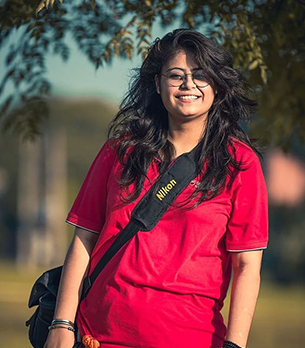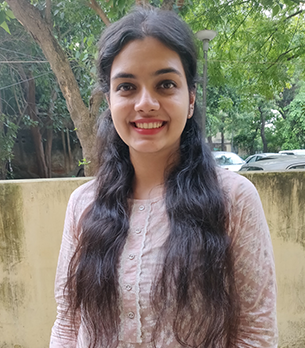Designing online programmes and workshops with children, focused on nature, upcycling and art practices. We also organise experiential learning tours for rural immersion and exposure to indigenous knowledge.
About Us

Who We Are
Community, Ecology, Education
Vision
To be one of the leading art consultancies in India that archive and promote traditional arts and bridge the gap between artists and potential audience through the use of technology, and design solutions using the medium of arts.
Mission
To create an online living directory of 100 SICCA Affiliate Spaces, Document and host the work of 1000 SICCA Associates on the Marketplace and host 10 Residencies and workshops by the year 2025.
What We Do
SICCA's three verticals


Through our residencies, we create public art interventions in collaboration with local communities. The facilitators are local community members and they collaborate with resident artists to create work that addresses the immediate concern of the host community.

A digital network of art residency spaces in non-urban areas.This platform is a unique bridge between rural artists and urban artists as well as art consumers. These spaces are entitled SICCA Affiliate Spaces, and the artists, SICCA Associate Artists.
How We Do It

SICCA Affiliates
Residencies/ Workshops/ Events at Affiliate Centres

SICCA Associates
Facilitated by the local artists and community members

SICCA Archives
Multimedia Documentation of Living Indigenous Heritage
Our Story
What makes SICCA different
The all-women team, led by a performance artist and consisting of three architects-one
of whom is also a visual artist- came together during 2020 while all of us were pursuing
Anant Fellowship for the Built Environment with Anant National University, Ahmedabad.
SICCA was developed under the Live Action Project part of the Fellowship, where we were
mentored over the course of nine months by various field experts. United by a passion to build something rooted in community work and promoting traditional Indian practices, the four of us have tried to find a niche and carve the current hybrid model through various pilot
projects and on-ground research.

Why We Exist
Encouraging indigenous art & artisans

Problem 1
Art has proven to be a strong tool for facilitation and personal growth, yet does not sufficiently get incorporated in social engagement spaces and educational curriculum.
Problem 2
The traditional arts have seen a reduction in audiences over time, which has amplified the endangerment of many such last-generation art forms. The need for archiving and innovating with technology is felt deeply within the artist communities we interact with.
Problem 3
The parity between rural artists and urban audiences/ consumers is increasing due to the lack of technological bridges.Our Team
Mentor

An alumnus of Jawaharlal Nehru University, New Delhi and the Australian National University, Canberra, Dr. Galla is UNESCO Chair on Inclusive Museums & Sustainable Heritage Development, Professor of Inclusive Cultural Leadership & Director, International Centre for Inclusive Cultural Leadership (ICICL), Dean of Faculty Development & Leadership and Executive Director of the International Institute for the Inclusive Museum (IIIM), Australia/USA.
Consultant

International Consultant Emmanuel is a Theatre Practitioner from Accra, Ghana and holds a BA in Theatre Arts and Archaeology and a MFA from the University of Ghana. He pursues photography as a hobby. He uses the skills to impact positive change in waste and sanitation practices in Ghana and the world at large.








